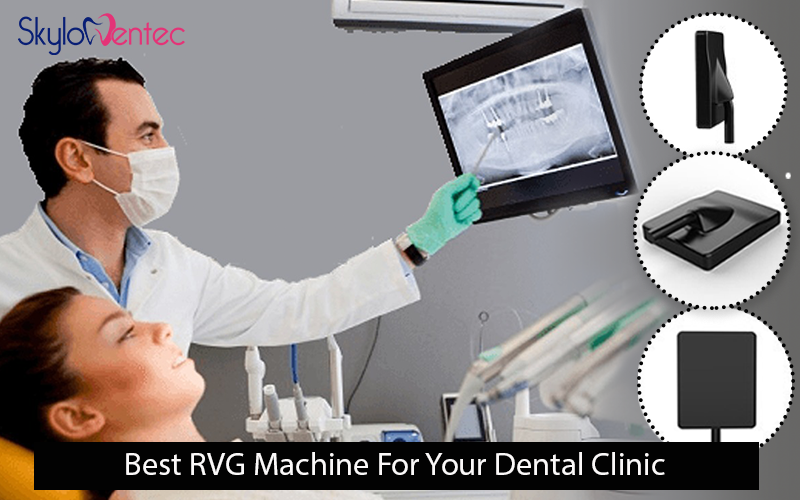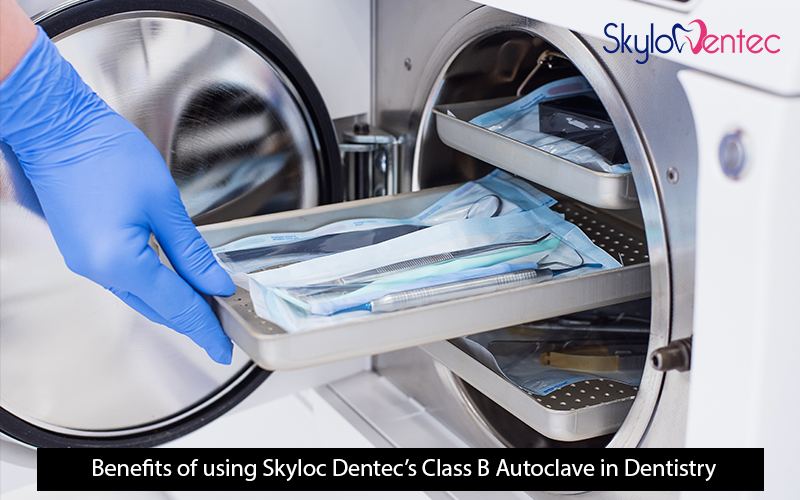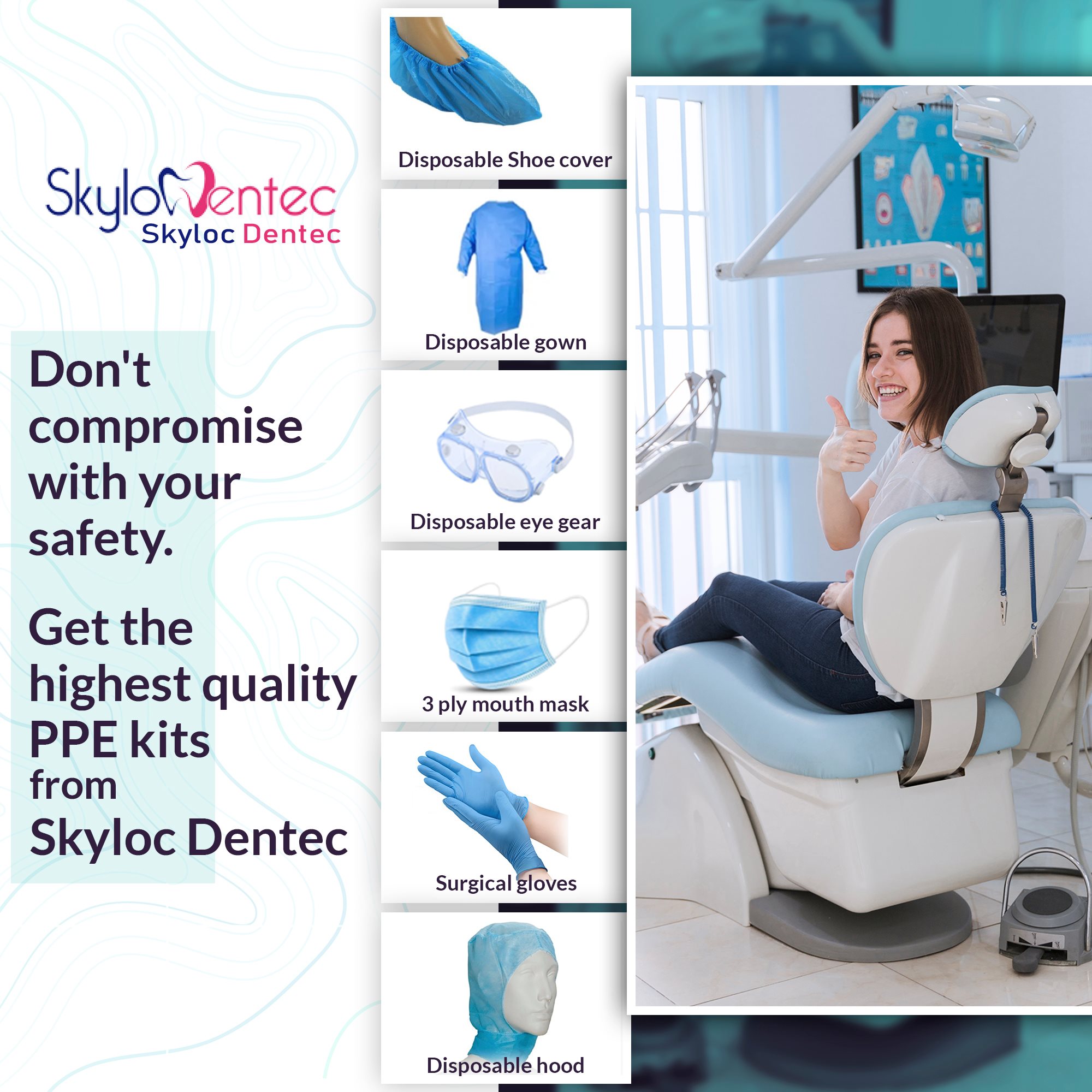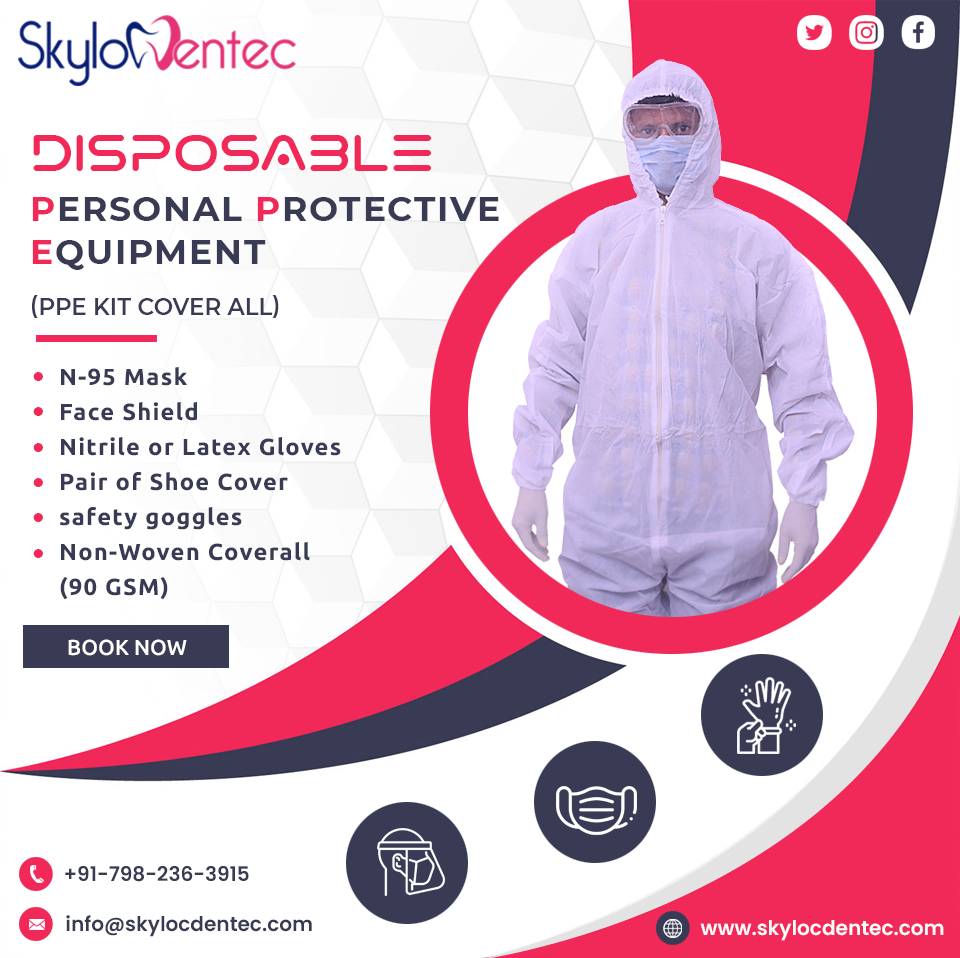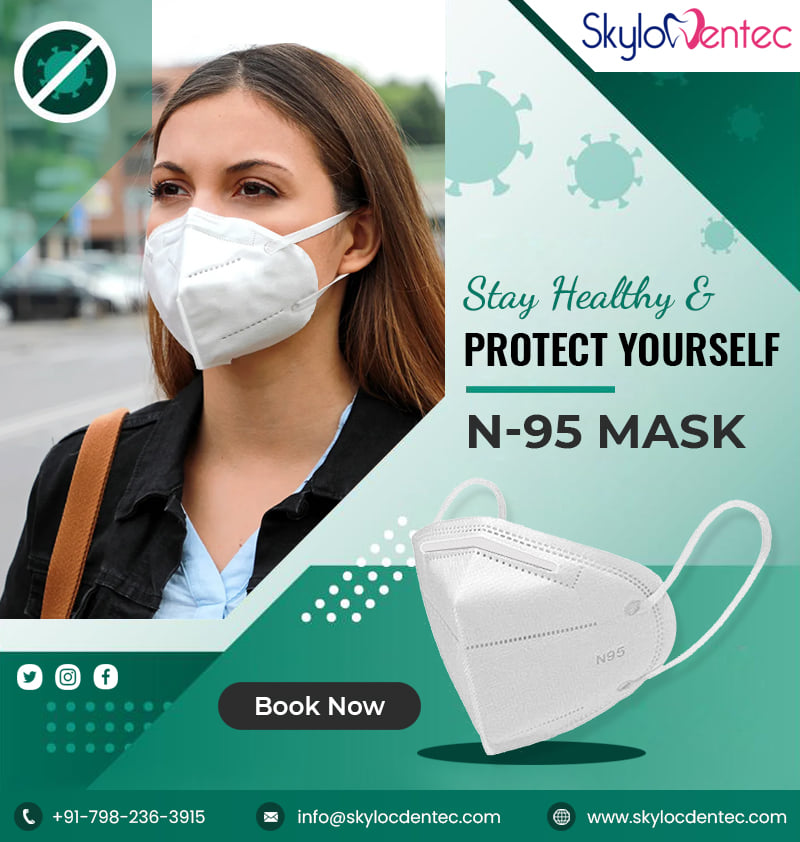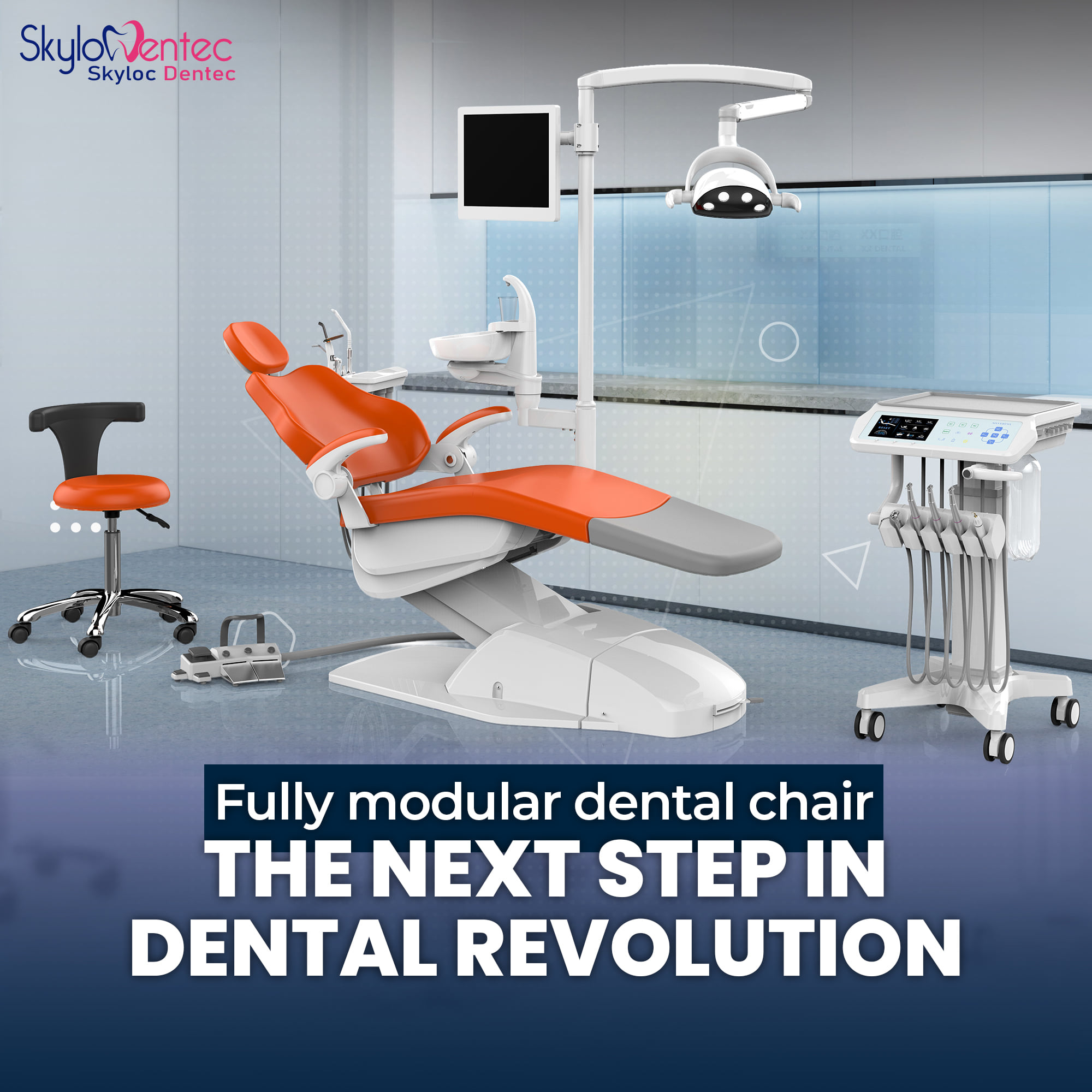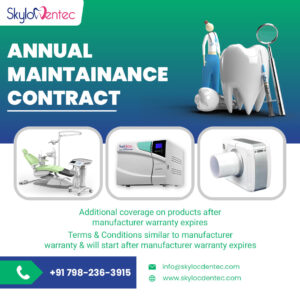How To Choose the Best RVG
The RadioVisioGraphy (RVG) imaging system, which is commonly used in dentistry to take intraoral periapical radiographs, incorporates the most recent digital radiography innovations, delivering the highest image resolution (> 20 LP/mm). RadioVisioGraphy is made up of a sensor, a monitor, and microcomputer components. It stands for RadioVisioGraphy. In dentistry, this technology is used as a substitute for X-ray radiography. RVG Sensors are designed with long-term durability and image quality in mind. This sensor is waterproof because the sensor housing is hermetically sealed. This makes it useful for a wide range of tasks.
RVG Dental Background
The origins of X-rays can be traced back to the early 18th century. It has been more than 30 years since Roentgen’s radiographic techniques were widely used in dentistry or the dental sciences. Roentgen, being an intriguing man, took the first dental X-ray of himself, exposed himself to radiation, and voila! Dental X-rays were born.
When it comes to dental X-rays, various advancements have been made in the field of dental science to date. RadioVisioGraphy, or RVG, is a new imaging technology that is getting a lot of attention in the dental community. This is because many dentists still use traditional X-ray films for imaging.
Accepting the fact that more than 90% of dental treatments and procedures require the use of dental x-rays.
How does RVG Works?
RadioVisioGraphy in dental science, as the name implies, is a dental imaging technique based on the digital radiography principle. RVG is a low-dose, rapid imaging system that uses a small intraoral sensor instead of X-ray films. It consists of a sensor inside the mouth on the area to be imaged and an X-ray device just outside of it. Unlike the first version, the latest version is linked to the computer system. The images can now be saved and converted to various formats.
Which Sensor is used in RVG?
The size 0 sensor is intended for pediatric exams. The size 1 sensor is a general-purpose sensor that works well for vertical images. A size 2 sensor is used to capture bitewing and periapical images. RVG technology has improved the efficiency of dental radiography.
What are the Advantages of Using Dental RVG?
When we hear the word X-ray, we immediately think of all the harmful radiation we are subjected to. The advantage of using an RVG completely eliminates this. The radiation exposure is reduced by 80%. Using RVG, dentists can simply ensure the patient’s safety.
Time is everything, and as a dentist, you and your patients value time the most. RVG can reduce patient wait time and speed up the entire process.
You can save yourself and your patient from unnecessary radiation exposure, as well as the time it takes to process the X-ray film. RVG allows you to edit your image, increase the contrast, enlarge it, and get a clearer picture. Data is being converted from an analog to digital format. There is no need to share physical copies of X-rays.
Advantages of Dental RVG for a dentist
- The use of a digital radiograph increases efficiency and increases appointment intake.
- A better understanding of the patient’s medical history can be beneficial.
- All of the records can be stored online and easily accessed at any time.
- Patients are very open to Dental RVG because they are amazed by how fast the scans and results are, which saves them time and gives them a better diagnosis.
- There is no need to set aside a separate space for a dark room to create the films.
Choosing the Best RVG
Choosing the right one depends on several factors, such as the requirements, usage, cost, etc. Besides, the following are the features that make the best RVG:
- Cutting-Edge Technology
- Photon-counting Intraoral X-ray Sensor
- Digital Intra Oral X-Ray Sensor
- Nylon Coated Wire
- Instant Imaging
- Ultra slim for easy positioning
As your dental practice grows, the best RVG with the features mentioned above can help you cut down on the patient’s waiting time and other time-consuming tasks such as taking x-rays. By using cutting-edge technology, you can make various tasks easier and faster. In a nutshell, RVG in dentistry will help you figure out how to best make your processes work.
If you are looking for the best RVG for your dentistry, visit Skyloc Dentec. You can find a wide range of tools and equipment that make your dental practice a success. Visit the website to learn more about the products.

